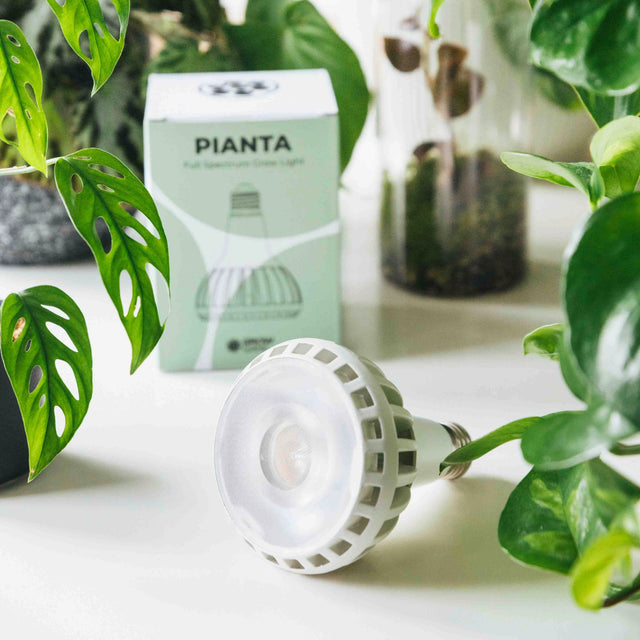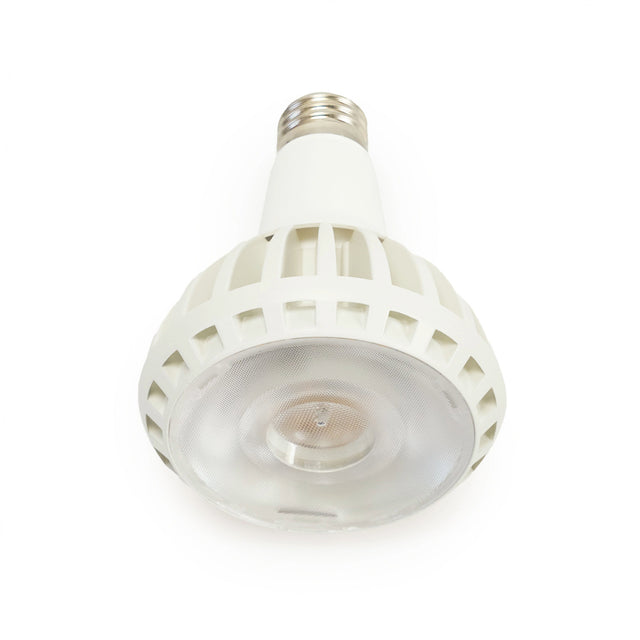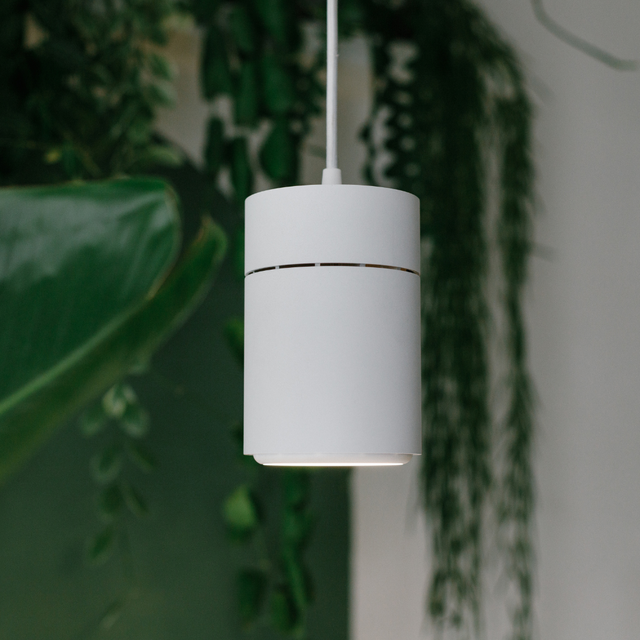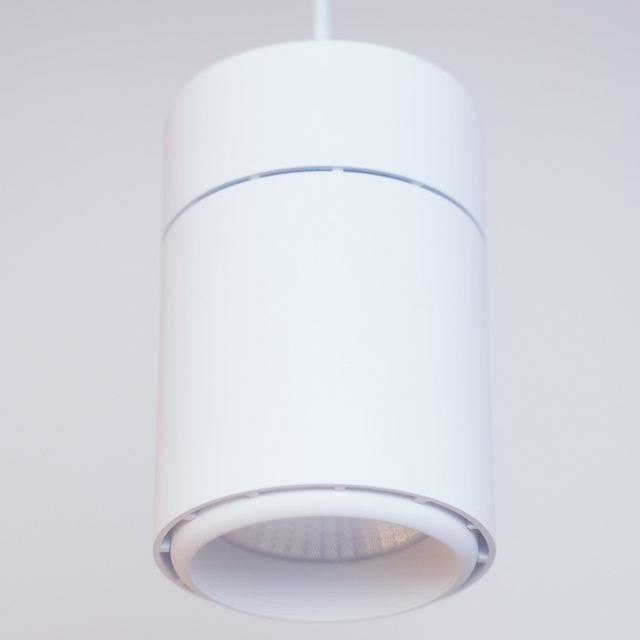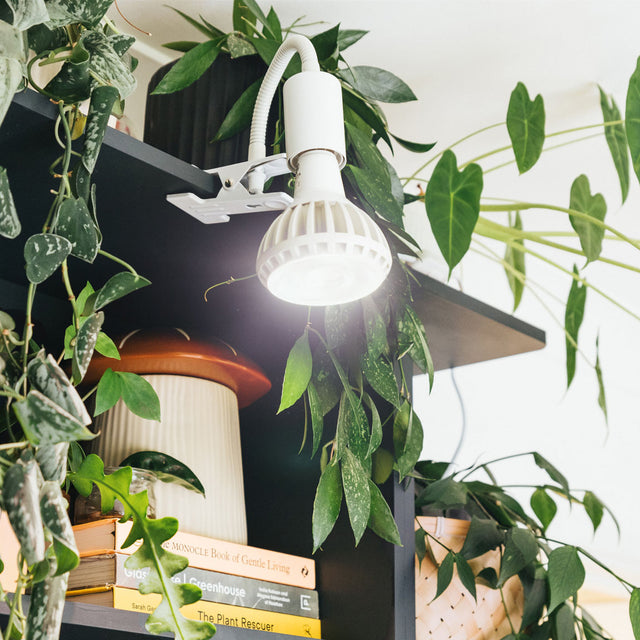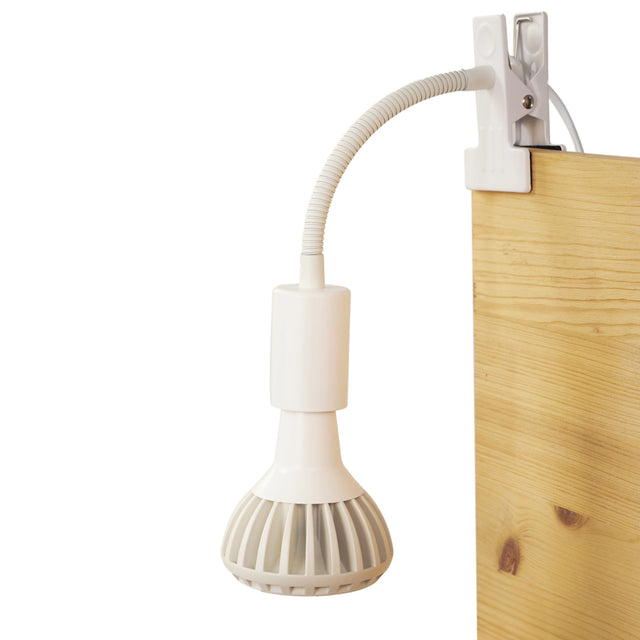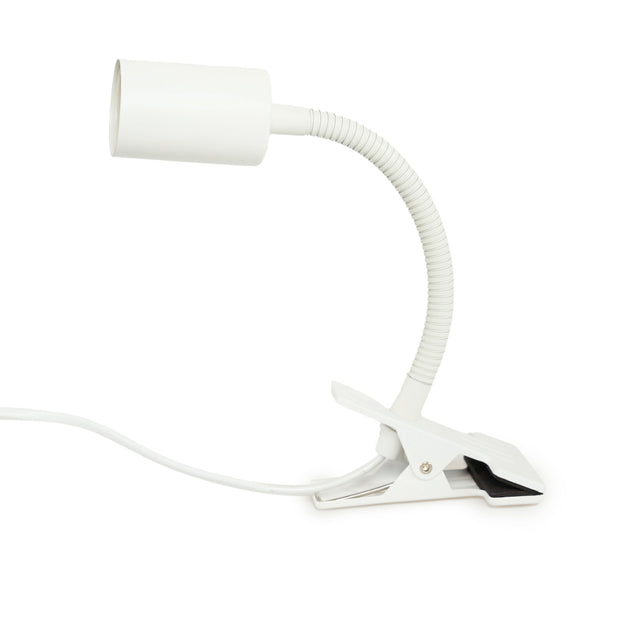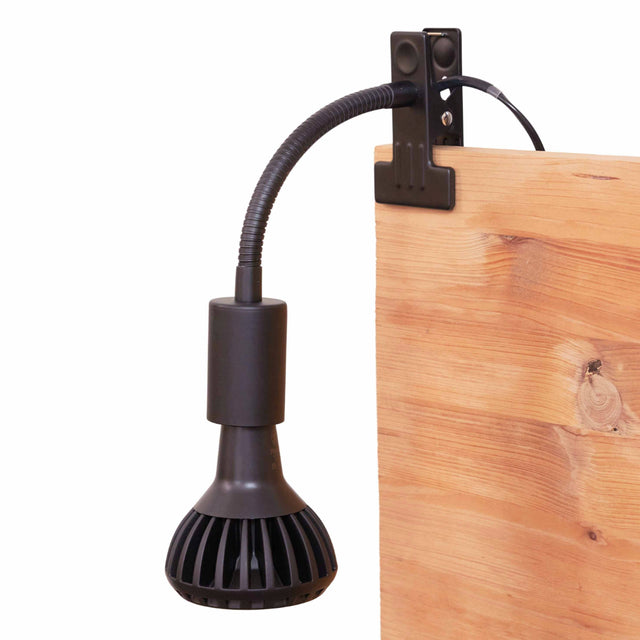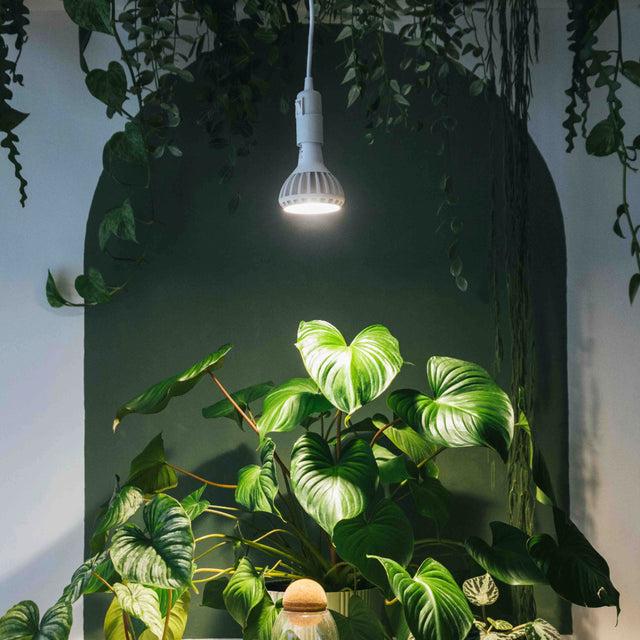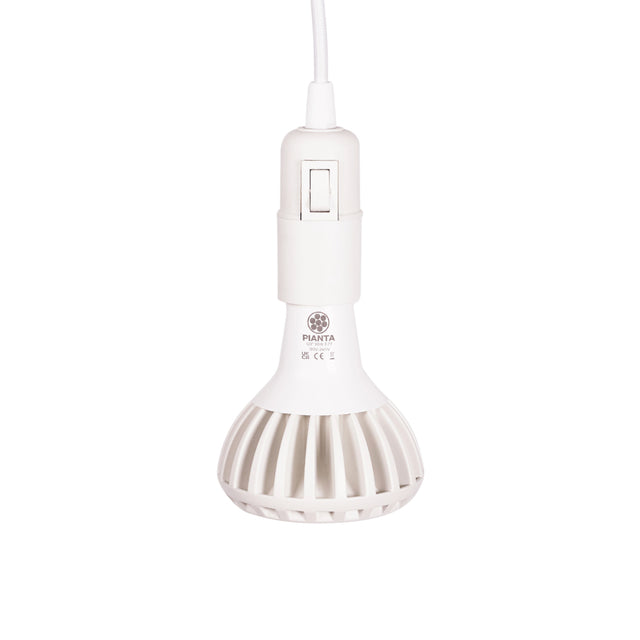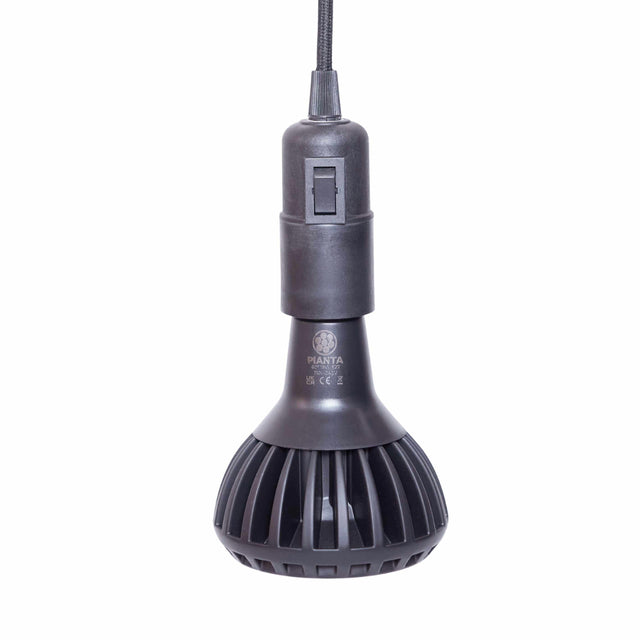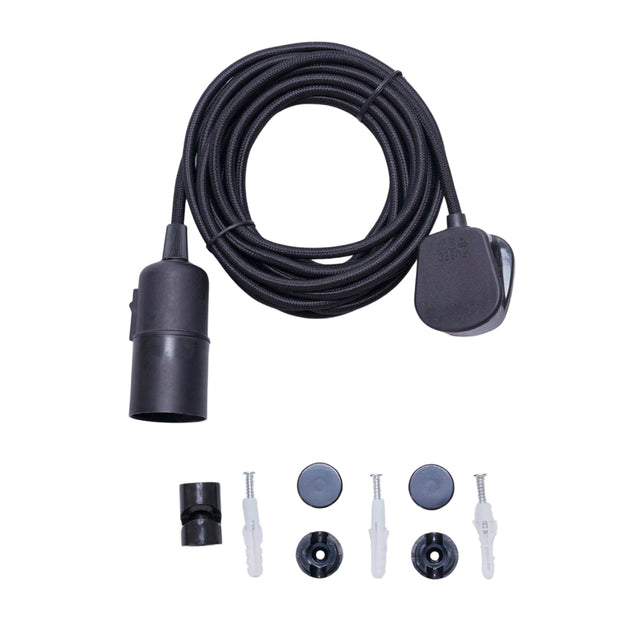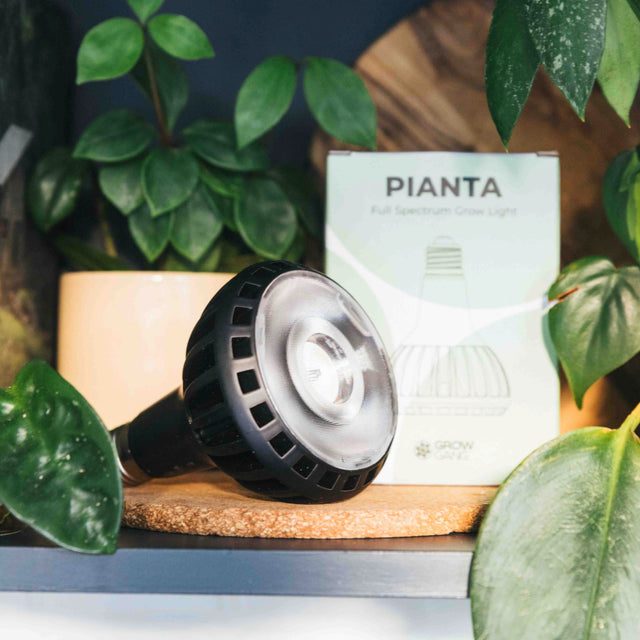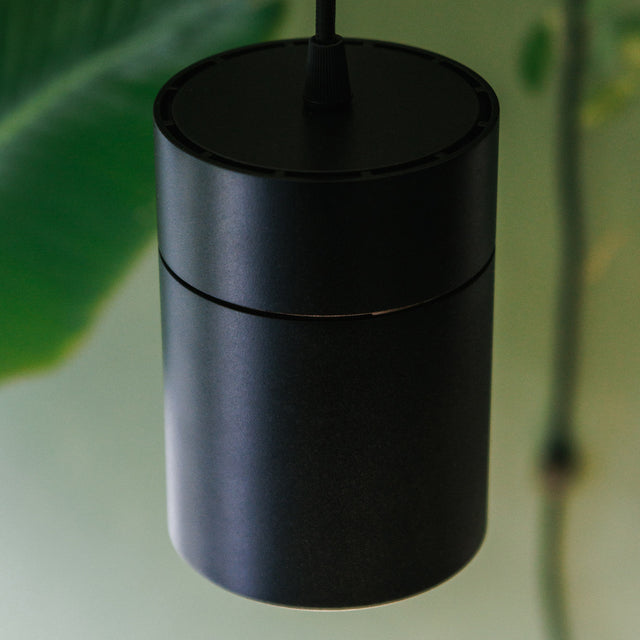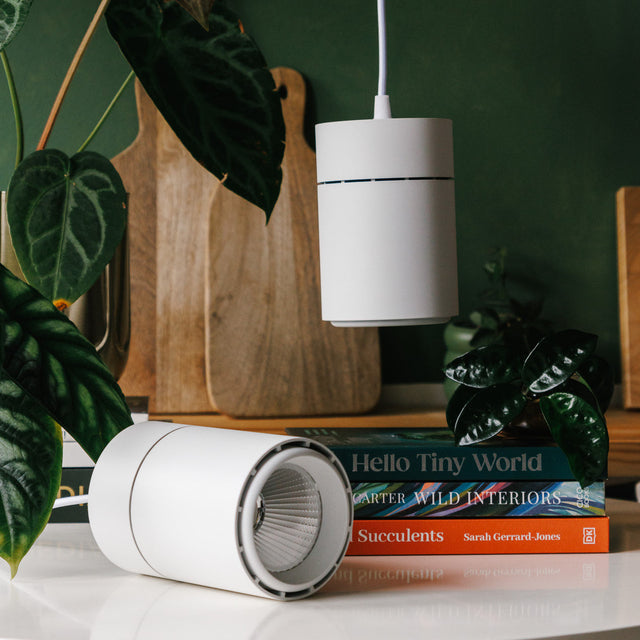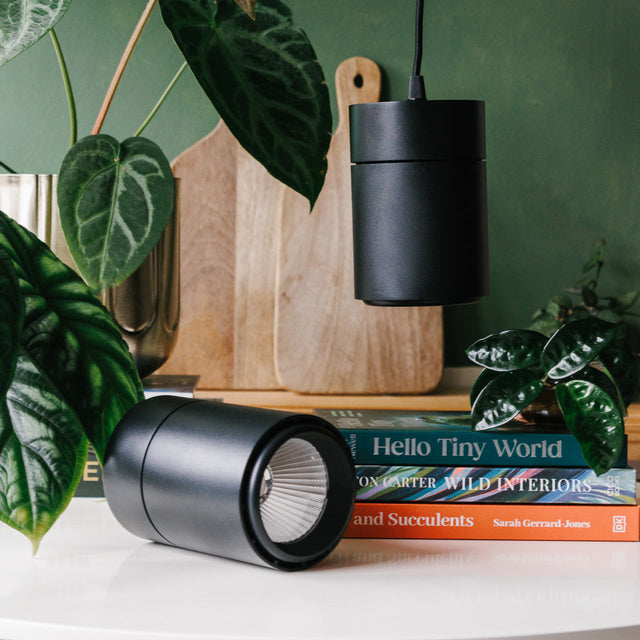
🔬Scientific name: Begonia Corallina de Lucerna, Begonia × corallina (Family: Begoniaceae)
🌍 Origin: The Angel Wing Begonia is a hybrid plant first developed in California in the 1920s. It was created by crossing Begonia aconitifolia, native to Mexico, with Begonia coccinea, native to Brazil. As a result, the Angel Wing Begonia is not a naturally occurring species but a cultivated cane-type begonia, known for its tall, bamboo-like stems and striking wing-shaped leaves often marked with silver spots. Its origin reflects a blend of tropical genetics and early 20th-century horticultural innovation.
Lighting
Lighting requirement: Bright, indirect light
This plant will thrive best in bright, indirect light, is ideal but they will tolerate lower light levels better than most. You'll get better variegation in the foliage when kept in medium light, but faster growth and flowers in brighter light. They prefer filtered sunlight, such as that found near east- or west-facing windows indoors, or dappled shade beneath trees when grown outside.
For low-light environments, a full-spectrum LED grow light can be used for 12 to 14 hours per day as a great supplement to help maintain their vibrant appearance and healthy growth.
Watering:
Angel Wing Begonias require consistent but moderate watering, as they are sensitive to overwatering. The best approach is to water when the top 1–2 inches of soil feel dry to the touch, using room-temperature water and ensuring thorough drainage to prevent root rot
During the active growing season in spring and summer, watering every 5–7 days is typically sufficient, while in the cooler months of fall and winter, watering can be reduced to every 10–14 days as the plant’s growth slows. It's important to monitor the plant for signs of distress: drooping or crispy leaves may indicate under-watering, whereas yellowing or wilting leaves combined with soggy soil can point to over-watering.
Humidity
Angel Wing Begonias thrive in moderate to high humidity, ideally between 50% and 70%. Since they originate from tropical regions, they benefit greatly from a humid environment that mimics their natural habitat.
- Use a humidifier near the plant.
- Group plants together to create a microclimate of higher humidity.
- Place the pot on a tray filled with pebbles and water (ensure the pot sits above the water line).
- Mist occasionally, but avoid over-misting to prevent fungal issues.
Too low humidity may cause leaf tips to brown or curl, slower growth and reduced blooming.
Fertiliser:
It benefits from regular but moderate feeding during their active growing season, typically from spring through early autumn. A balanced, water-soluble fertiliser is ideal, although a bloom-boosting formula can be used to encourage more flowers. Fertiliser should be applied every 2 to 4 weeks, always diluted to half strength to prevent overfeeding. It’s best to fertilise after watering to avoid root burn.
During late autumn and winter, when the plant’s growth slows, feeding should be reduced or stopped altogether. Signs of over-fertilisation include leaf burn or discolouration, so it's important to monitor the plant's response and adjust accordingly.
Temperature:
Angel Wing Begonias thrive in warm, stable temperatures, ideally between 18°C to 24°C during the day, and should not be exposed to temperatures below 15°C at night. These plants are not frost-tolerant and can suffer leaf drop, wilting, or even death if exposed to temperatures below 10°C. It's important to keep them away from cold drafts, air conditioning vents, or chilly windows during winter. While they can tolerate warm conditions, temperatures above 30°C may cause stress, so maintainingadequate humidity and airflow in hotter weather is essential for their well-being.
Troubleshooting and Pests:
They are relatively easy to care for, but they can occasionally face issues with pests and environmental stress. Common pests include spider mites, which leave fine webbing and speckled leaves; mealybugs, identified by white cottony clusters; aphids, which gather around new growth; and fungus gnats, often linked to overwatering. These pests can usually be managed with neem oil, insecticidal soap, or by wiping the leaves and isolating affected plants.
In terms of general care, problems like leaf drop may result from sudden temperature changes or inconsistent watering. Yellowing leaves can signal overwatering or nutrient deficiencies, while brown leaf edges often indicate low humidity or fertilizer salt buildup. Leggy growth usually means the plant isn’t getting enough light. To prevent issues, regularly inspect your plant—especially the undersides of leaves—maintain stable temperatures and humidity, avoid overcrowding, and use clean pots with fresh, well-draining soil.
Height:
Angel Wing Begonias are upright, cane-like plants that can reach varying heights depending on their growing conditions and variety. When grown indoors, they typically reach between 30 to 90 cm tall, making them ideal for tabletops or floor displays. However, in optimal outdoor environments or when fully matured, they can grow as tall as 1.5 meters or more. With proper care, including staking for support and occasional pruning, they can be maintained as compact, bushy plants or allowed to grow tall and elegant, making them a striking addition to any indoor or shaded garden setting.
Is It Toxic To Pets?
Yes. Angel Wing Begonias are toxic to pets, including cats, dogs, and horses. The primary toxic components are insoluble calcium oxalates, which are most concentrated in the roots and tubers, though ingestion of any part of the plant can cause issues. If a pet chews or eats the plant, it may experience symptoms such as drooling, vomiting, difficulty swallowing, pawing at the mouth, or a decreased appetite. Because of the potential risks, it’s best to keep Angel Wing Begonias out of reach of pets, and if ingestion is suspected, a veterinarian should be contacted immediately.
